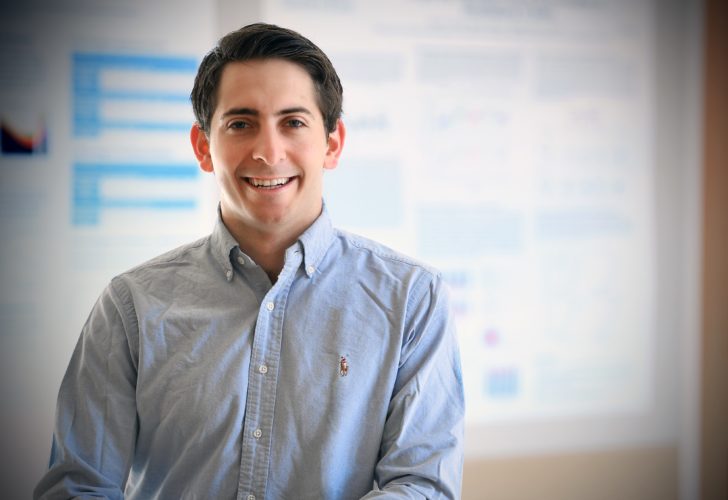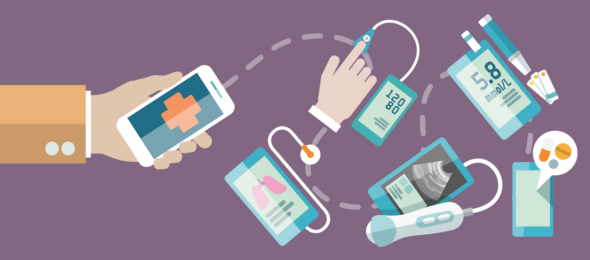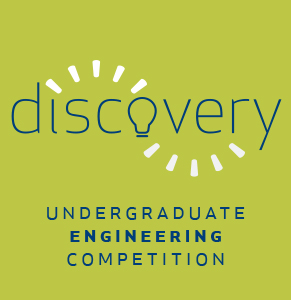Alex Blustein graduates Dec. 3 with a double major in systems engineering in the School of Engineering & Applied Science and finance at Olin.
Blustein has visited home less than 40 days since arriving at Washington University in St. Louis in 2013. The Tampa native has spent every summer of his undergraduate years either traveling or working.
“It’s a Jewish mother’s nightmare,” Blustein said with a laugh. “But WashU offered me so many opportunities and experiences that I wanted to take advantage of. I love the classroom, but my time outside of the classroom has really helped me better understand the world.”
Early next year, he will begin Anheuser-Busch InBev’s 10-month rotational Global Management Trainee Program. “I’ll learn about everything from marketing to supply to brewing,” said Blustein, who will take a management position with the company after his rotation. “It’s perfect for a person who likes to understand multiple facets of a business from more than one angle.”
Blustein said he chose Washington University for a couple of reasons. One, the university accommodates students who want to complete different majors in different schools. To Blustein, who gives tours to potential engineering students, that just makes sense.
“I always tell people on my tours that college is the time to follow their passion and to try new things,” Blustein said. “Using two different parts of your brain is not only mentally exciting, it makes you more competitive in the job market.”
The second reason: One of the people Blustein most admires also picked Washington University — his brother Zachary Blustein, who graduated in 2013 with a degree in chemical engineering and now works for Emerson Process Management.
“He is just the first in a long line of amazing role models,” said Blustein, who counts fellow members of business fraternity Delta Sigma Pi and social fraternity Sigma Nu as key mentors. “From the moment I arrived, I met so many motivated and talented upperclassmen who mentored me throughout my years at WashU.
“Many would say to me , ‘Alex, you have to apply to this program,’ or ‘Alex, you must study abroad.’ I am most grateful to my brother and older friends for their advice. Their guidance has served me well.”
The summer after his first year, Blustein participated in Olin’s Israel Summer Business Academy, where he worked for an agriculture technology startup in Tel Aviv. He spent the next two summers working for AB InBev, first in St. Louis and then in New York. And spring of his junior year, he studied in Hong Kong — a systems engineer’s paradise.
“Their metro system? I could talk forever about its efficiency,” Blustein said. “Traveling helps you see what’s possible.”
And not just technologically, Blustein said.
“Every day abroad you make a new friend or better understand a different culture,” Blustein said. “My travels have strengthened my faith in humanity. People are good.
Guest Blogger: Diane Toroian Keaggy, Class Acts series originally published on WashU’s The Source.






 novel solution to replace prior methods of testing the viability of cells. The team developed an inexpensive technology that uses recent advances in digital holography, an imaging technique that uses optical components and software to reproduce a 3-D rendering of the sample. The system will take images of about 100 samples in under 5 minutes without destroying the cells. The product will be targeted to cancer and cell biology research.
novel solution to replace prior methods of testing the viability of cells. The team developed an inexpensive technology that uses recent advances in digital holography, an imaging technique that uses optical components and software to reproduce a 3-D rendering of the sample. The system will take images of about 100 samples in under 5 minutes without destroying the cells. The product will be targeted to cancer and cell biology research.
